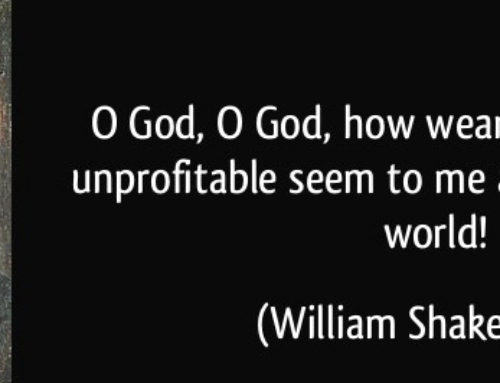Anthony Esolen has a good moan here about some of the hymns he has to endure at Mass. Anthony is an English professor and noted translator of Dante. So he knows something about poetry. Why oh why are such awful hymns allowed in the Catholic Church?
I’ve mused on the bad music myself in this post, but one of the reasons music at Mass is so bad is because Catholics are ignorant of the great tradition of decent hymns. Before Vatican II they didn’t sing hymns “That’s Protestant!” very much, then after Vatican II everybody went crazy for the folk Mass and most of the faithful wandered about singing (or not) what was dished up for them. Priests weren’t trained in the traditions of sacred music, so they were largely ignorant of what was good, and the pressure was on them anyway from the people–some of whom felt good when they sang songs like, “I was walking on the beach when I felt the good Lord reach….for my hand.” It was easier to go along with those who actually had an opinion or preference, and so reigned the dictatorship of sentimentality. Sentimentality is often an artificial kind of manufactured emotion–sort of like artificial flavoring in candy. Go here for further thoughts.
The mantra of “full participation” had a part to play as well. Everybody had to be involved and everybody’s taste and opinion was just as good as the next person’s. Here’s a post about the destructiveness of this sort of shallow egalitarianism. It brought in a superficial equality which was really a form of relativism–no one dared to suggest that one kind of hymn might actually better than another and nobody had any idea why one hymn could actually be better than another. There was no understanding of poetry, sacred music and the idea that one form of music could be superior would –shock horror–be perceived as snobbishness.
There are some standards for good hymns, and they’re not actually too difficult to figure out. Some time ago I wrote a four part series on what makes a good hymn. Here’s the first part. Here’s part two, here’s the third and here’s the fourth.




Leave A Comment
You must be logged in to post a comment.